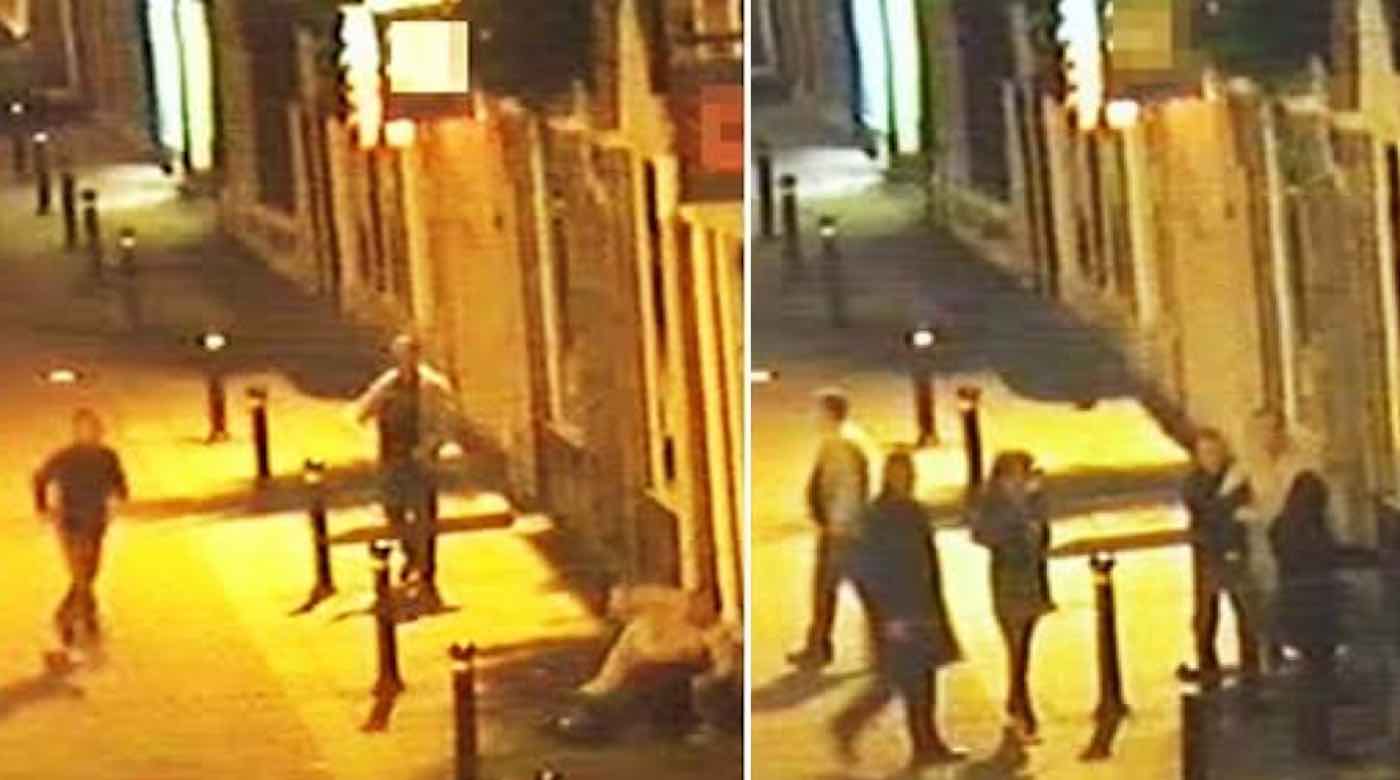In the largest ever study of real-life conflicts captured by CCTV, researchers found that bystanders will intervene in nine-out-of-ten public fights to help victims of aggression and violence.
The findings, which were published in the journal American Psychologist, overturn our long held beliefs from previous decades that victims are ignored by those in their vicinity.
Instead of confirming this common misperception, the international research team of social scientists discovered that at least one bystander (but typically several) did something to help—and when more people are nearby, there is even a greater likelihood that at least one person will intervene to help.
Researchers from the University of Copenhagen, the Netherlands Institute for the Study of Crime and Law Enforcement, and Lancaster University examined video recordings of 219 arguments and assaults in the inner cities of Amsterdam (Netherlands), Lancaster (UK) and Cape Town (South Africa).
LOOK: Why Smiling Is Good for You – and Five Photos That Guarantee Grins on World Happiness Day
“According to conventional wisdom, non-involvement is the default response of bystanders during public emergencies,” said lead author Dr. Richard Philpot of Lancaster University and University of Copenhagen. “Challenging this view, the current cross-national study of video data shows that intervention is the norm in actual aggressive conflicts.
“The fact that bystanders are much more active than we think is a positive and reassuring story for potential victims of violence and the public as a whole,” he added. “We need to develop crime prevention efforts which build on the willingness of bystanders to intervene.”
MORE: Scientist Surprised to Find How Important it is to Have Visual Diet Rich in Kindness Over Cuteness
Using the three urban security cameras which captured aggressive public fights breaking out, 91% of the time, bystanders watching the incidents intervened to:
- physically gesturing for an aggressor to calm down
- physically blocking an aggressor or pulling an aggressor away
- consoling the victim
The research further showed that a victim was more likely to receive help when a larger number of bystanders was present.
Dr Philpot said: “The most important question for the potential victim of a public assault is, ‘Will I receive help if needed?’ While having more people around may reduce an individual’s likelihood of helping (i.e., the bystander effect), it also provides a larger pool from which help-givers may be sourced.”
CHECK OUT: The Science of Kindness – Biology Proves How We Are All Connected
The study also found no difference in the rates of intervention between the three cities, even though inner city Cape Town is generally perceived to be less safe. Researchers suggest that it is not the level of perceived danger that sets the overall rate of helping, rather it is any signal that the situation is conflictual and requires intervention.
The consistent helping rate found across different national and urban contexts supports earlier research “suggesting that third-party conflict resolution is a human universal, with a plausible evolutionary basis”.
In contrast to the idea that we live in a “walk-on by society”—where people never get involved—the high levels of intervention found in this study across different national and urban borders suggests that intervention is the norm in real-life inner-city public conflicts.
Reprinted from Lancaster University
Multiply The Good And Take Action By Passing On The Positive News To Your Friends On Social Media – Photo by Lancaster University




















